15 fun facts about Svalbard & Longyearbyen
Longyearbyen and by extension, Svalbard are very interesting places. I guess that’s to be expected about an isolated archipelago at the top of the globe. Here are some facts about Svalbard for your next trivia night.

What’s interesting about Svalbard? As a gateway to the Arctic Circle, it’s essentially got the most northern… just about anything you can imagine.
The capital of Norwegian archipelago of Svalbard, Longyearbyen might just be one of the strangest towns there is to visit in the planet. Or at least, the Nordic part of the world.
Not only is it easy on the eye, but it’s quirky to the point of being, well, downright weird at times.
Once a mining town, Longyearbyen is now a small community, beloved by visitors and surrounded by some truly dramatic landscapes and unique nature.
Want to learn what life is like in this arctic archipelago? Here are a few facts about Svalbard and its largest town.
Facts About Svalbard & Longyearbyen

1. The streets in Longyearbyen have no name
Streets in Longyearbyen are numbered, rather than named. So are the various mines around Spitsbergen.
Keeps things simple, I guess!
2. Cemeteries don’t exist
It’s illegal for people to die in Longyearbyen. One of the weirdest facts about Svalbard, for sure.
What? – you must surely be asking. Well, the soil in Svalbard is permafrost, meaning (as the name sort of suggests) it’s permanently frozen.
So, bodies buried within the archipelago do not decompose.
Longyearbyen’s small graveyard stopped burying bodies over 80 years ago (you can only be buried now if you are cremated first).
Bodies are shipped back to the mainland. Those nearing retirement age are encouraged to settle elsewhere.
The town’s old graveyard at least, has opened doors for medical science. Bodies dug up in 1998 revealed victims of the 1918 flu pandemic, that were so well-preserved, they still had traces of the virus in their systems.
This sort of information helps scientists learn more about viruses and create vaccines or anti-viral drugs to work against it.
3. Residents require an ‘Alcohol Card’ in order to purchase drinks
This is a relic from the town’s old mining days.
Miners were given a ‘rations card’, which they used to get a drink or a bottle of beer.
The rule is still in place for permanent residents, who have to show their card at the local co-op, Nordpolet in order to get a drink.
If you come here as a visitor, you can use your airline ticket in lieu of the card.
Don’t worry – you can buy as much grog as you like (and can afford) at the local bars!
Discover some other literally cool things to do in Svalbard.

4. Over 40 countries have rights to Svalbard
Who exactly is Svalbard owned by? Ostensibly Norway… but it isn’t quite that simple…
This archipelago was free of a ruling nation, before minerals were found. Then everyone started squabbling over who could mine where and trouble ensued.
The answer was found in the Svalbard or Spitsbergen Treaty, which recognises the sovereignty of Norway over Svalbard. This doesn’t necessarily mean that Norwegian Law is the be all end all.
Over 40 countries signed the treaty, including Australia, the USA, the UK, China, Argentina, Lithuania and South Africa (some of those seem random, so I felt the need to throw them in there).
This is why both Russia and Norway are allowed to mine on the island of Spitsbergen. It’s nice when everyone gets along.
It’s still considered part of Norway and the country is responsible for its environmental conservation. Yet, any member of the country that signed the treaty is allowed to become a resident of Svalbard and has the right to fish, hunt, mine or trade on the island.
5. You can stay in Svalbard indefinitely
And this extends to non-treaty nationals as well, who can work and live in this part of the world as long as they like, without a visa. This is a fact about Svalbard that not many other places in the world can claim.
6. There’s a large Thai population, despite the fact that Thailand never signed the treaty
Interestingly enough, the population consists largely of Norwegians, Russians and Thai people.

7. It’s considered polite custom to leave your shoes (and gun) at the door
There are signs in hotels, at the museum and the local library, asking visitors to leave their often snow and mud encrusted shoes at the door.
You can slip them into a little cubby-hole – they’ll be perfectly safe as crime is virtually non-existent in Svalbard – and grab them when you venture on outside.
Some places provide slippers, in order to keep things cosy.
The same logic applies to the guns that many residents are required to have on their person when leaving town (more on that below).
I mean, it would be pretty rude to stagger into someone’s house or a local hotel with gun in tow. It’s just good manners coming into play, really.

8. You can’t leave the city limits without a firearm
And why do people have guns?
Well, that’s due to the risk of interactions with the native wildlife – polar bears. (I didn’t get to see any, but others have been lucky enough to spot polar bears in Svalbard).
Hungry bears have been known to attack humans.
So, it’s illegal to leave town without a firearm… and the knowledge of how to use it.
9. Longyearbyen’s history must remain intact
Residents are banned from removing remnants that are considered to be of historical importance.
This has led itself to some pretty cool sights.
Consider the preserved mining train in Ny-Ålesund, the German plane that crashed near Longyearbyen’s first airport at the end of WW2, or the entire town of Pyramiden. It’s a Soviet ghost town north of Longyearbyen.

10. Unemployment is heavily frowned upon
You can only really live in Longyearbyen if you have a job, somewhere to live and the funds to organise a ticket home.
11. More residents rent than own property
Much of the land on Svalbard is owned by the local Norwegian government and mining companies, who are reluctant to part with it.
Residents of Longyearbyen told me that on the whole, it is quite difficult to own and build homes, so most tend to rent.
There are restrictions on what colours you can paint your house too, but it helps keep the town looking decidedly cheerful.
12. The sun disappears for four months of the year
Here’s one of the more interesting facts about Svalbard – there’s no sunlight in winter!
The sun disappears from view in late October and doesn’t re-emerge until early March. Yikes.
There are some payoffs – such as the midnight sun during the summer months, when on the flip side, the sun never sets.
You’re also pretty much guaranteed to see the northern lights when visiting during the polar night.
In typical twisted Scandi-humour fashion, the winter season is seen in with the world’s northernmost Blues Festival!
And don’t forget about Solfestuka – a week-long celebration to welcome the return of the sun on the 8th of March. The whole town gathers together to await its arrival.

13. The city has some of the speediest internet in the world
Does Svalbard have internet? It sure does. Longyearbyen has fibre-optic internet – in fact it is a test-bed for fibre-based services.
Oh, this made me upset as an Aussie with notoriously slow internet.
14. The town is home the the northernmost church, post office, ATM, university and bank
University Centre in Svalbard claims to be home to the northernmost library too.
This is disputed by the residents of Ny-Ålesund, who have their own collection of books that you could call a library. Let’s let them have it.
And the northernmost swimming pool and statue of Lenin? They can be found in the nearby(ish) ghost town of Pyramiden.

15. Dogs are encouraged as pets. Cats are not allowed
Oh, this is so my kind of place.
Longyearbyen is certainly a dog lover’s paradise, one of the facts about Svalbard that I think is most delightful.
Everywhere you turn, you’re surrounded by human’s favourite four-legged friend.
Svalbardians (if that’s a thing?) certainly love their dogs. Every time we ventured outside, we’d see people walking their mutts come rail, hail, snow or shine.
So many pats to be had around town.
You do apparently need a permit to own a dog, but from what I could see, it didn’t seem like it could be all that difficult to obtain one.
On the contrary, cats are banned from Longyearbyen. And before cat lovers begin howling – consider this.
Cats are an invasive species (just like humans!) that often kill for fun (just like humans!).
The eco system in Svalbard is isolated (ice-lated?) and mainly consists of Arctic birds.
Just imagine the damage that cats would do to the local wildlife.
Weirdly, you can bring aquarium fish, rabbits and hamsters onto the island, with no questions asked.
So, yes, these facts about Svalbard indicate that it’s quite an odd place… delightfully so. Would you consider visiting? It’s easier to get to Svalbard than you may think.
Many thanks to the folk at Svalbard Museum who assisted with the fact-checking of this article.


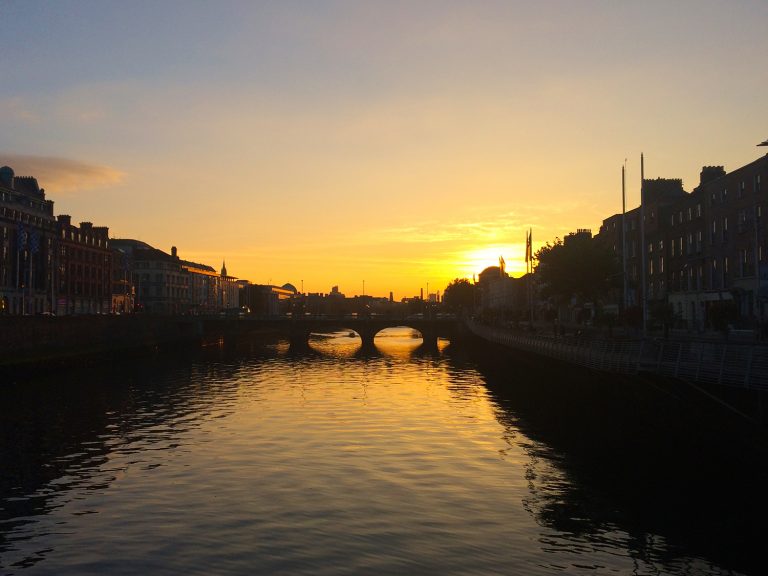
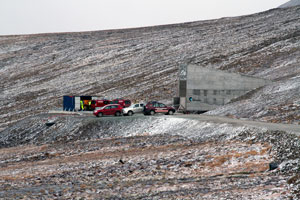
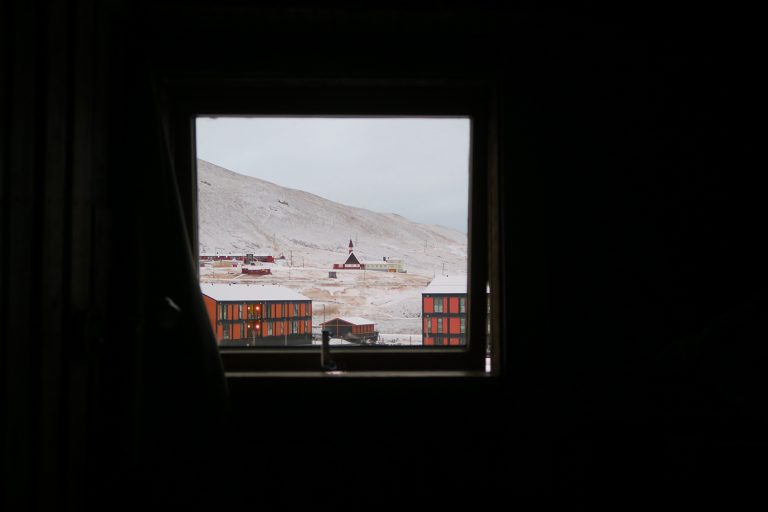
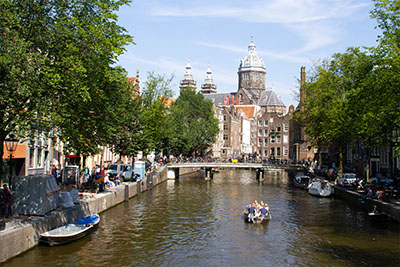
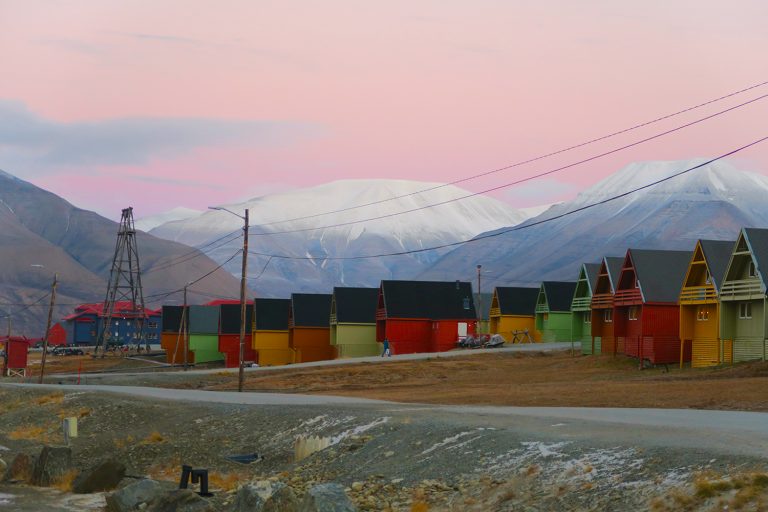
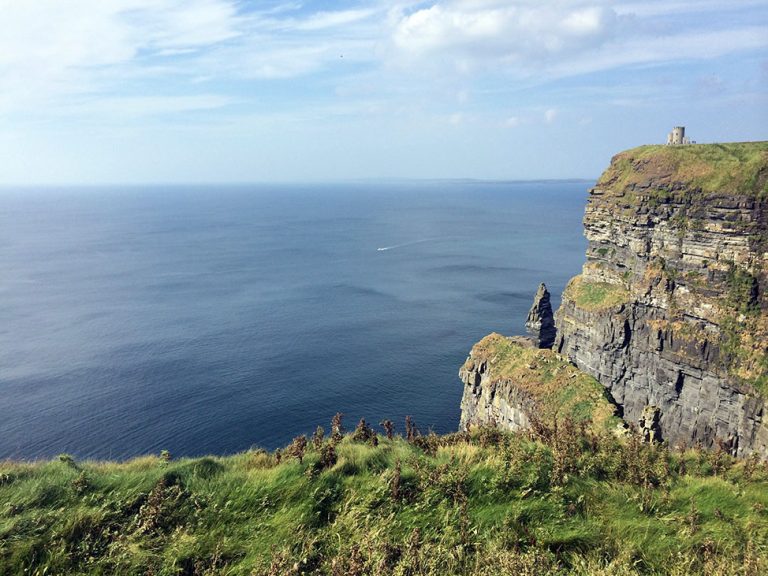
Fascinating! A great read! And, as always with your blog…..sensational photos!
Thanks Mumma! Glad you liked it. 🙂
great facts! 🙂
Thanks Anne!
I loved this post! I knew Svalbard was the best place to catch the Northern Lights, but aside from that I didn’t know much. It is such a quirky and interesting place!
It really is. Still lamenting the fact we didn’t see the lights there, but I guess that’s what happens when you don’t visit during the polar night!
“It’s still considered part of Norway and the country is responsible for its environmental conservation. Yet, any member of the country that signed the treaty is allowed to become a resident of Svalbard and has the right to fish, hunt, mine or trade on the island.” This is the best news ever!
My partner and I are struggling with the whole ‘foreigners marrying thing.’ You’d think being married would allow you to live in each other’s country, but nope. Good to know we always have Svalbard as a backup plan. 😛
Oh, and my partner got a chance to visit there for free on a two week expedition last year, which I’m still super jealous over (lols) and he mentioned that it’s also illegal to lock any doors. Did you encounter this same law or is he jerking my chain? It’s supposedly for people to find safety in a polar bear attack.
It’s nuts, right?! If you’re married it should be black and white. I guess that’s thanks to the many people who have abused the system in the past. Well, I guess if you can live in the northernmost corner of the world together, then that’s something!
Jealous of your partner too. I’m not sure whether it’s illegal or not, but a resident there did tell me that no one ever locks anything as there’s no crime. The polar bear thing wouldn’t surprise me!
Your photos are beautiful, even if it does look like its freezing! What an interesting place to visit!
It was both interesting and very, very cold!
You have such a lovely blog Laura!! This post is incredible – I learnt so many things!! But the most intriguing I think is the no cemeteries and frozen preserved bodies. Keep up the interesting posts!!
Kristie
Thank you Kristie. It is probably one of the most intriguing places I’ve been to. 🙂
I’ve been three times, your blog has brought back wonderful memories, thank you
Thank you Olive, I’m so glad to hear that. Three times! Wow.
Great read, Laura! I had to Google where Svalbard was and now have added it to our To Travel List ? Thanks for sharing!
Thanks Russell! It’s LC ? hope you make it there someday soon.
This was so interesting! I hadn’t ever heard of Svalbard until a few months ago when another fave blogger of mine went on a trip there and now I’m kind of buzzing to go!
“Those nearing retirement age are encouraged to settle elsewhere” – how on earth do you approach telling someone you think their time’s almost up and they should hop along back to the mainland?!
I hadn’t heard of it either until it came up in conversation at work when I was in London… then some workmates actually went there and I cut their story together for da news and was so jealous that I booked a holiday there a few days after. It was amazing and weird. I’d love to go back, particularly during the polar night. It’s super easy to get to from Europe as well and not as expensive as you might think (although it’s part of Norway, so still kinda expensive).
I totally agree, Rhiannon, that’s exactly what I was thinking!! “Hey, you’re getting old, how about you die somewhere else?!”…
And huh, LC, faster Internet on Longyearbyen than Australia – of course, is all I can say. 🙁 Awesome collection of cool facts, totally makes me want to go and visit there now (though my feet are freezing already). And what’s with the Thai population?! That’s got me intrigued…
I know, the most disappointing thing about coming home has been the Internet. It’s amazing what we’ll put up with, in Australia. The Thai population is random! And I thoroughly recommend visiting. It’s an amazing place.
Great information.
Thanks!